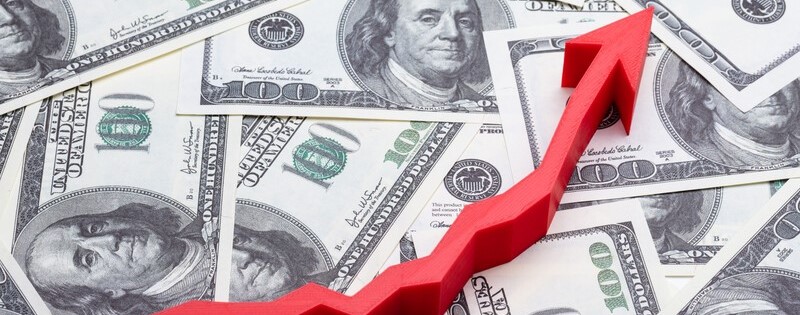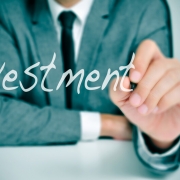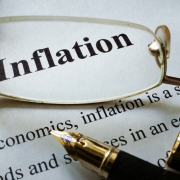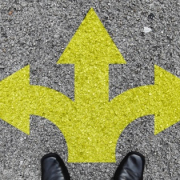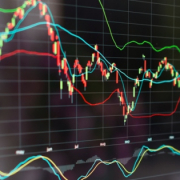Some Experts Float the Possibility That the Fed Could Raise Rates Again
Wednesday’s Consumer Price Index numbers were higher than expected, sending Wall Street into a swoon about what it could mean.
For starters, it’s just about a given that, following this latest evidence that prices are not declining as fast as had been expected, the Fed will delay implementing its promised rate cuts. But some prominent voices are wondering about a worse case scenario: that the Fed might actually start raising rates. If this were to come to pass, simply put it would raise havoc in commercial real estate. GlobeSt.com has heard repeatedly over the last few months that transactions were resuming in part because the market believed that the Fed was done raising rates, introducing some much-needed certainty into forecasts.
Former Treasury Secretary Lawrence Summers is one of these voices.
“You have to take seriously the possibility that the next rate move will be upwards rather than downwards,” Summers said on Bloomberg Television. He said such a likelihood is somewhere in the 15% to 25% range.
The odds still do favor a Fed rate cut this year, “but not as much as is priced into markets,” he said.
Also, Federal Reserve Governor Michelle Bowman said earlier this month that it’s possible interest rates may have to move higher to control inflation.
“While it is not my baseline outlook, I continue to see the risk that at a future meeting we may need to increase the policy rate further should progress on inflation stall or even reverse,” she said in a recent speech to the Shadow Open Market Committee in New York. “Reducing our policy rate too soon or too quickly could result in a rebound in inflation, requiring further future policy rate increases to return inflation to 2 percent over the longer run.”
Bowman is a permanent voting member of the Federal Open Market Committee.
JPMorgan Chase CEO Jamie Dimon has also floated the possibility that rates could increase in his letter to shareholders. The investment bank is preparing “for a very broad range of interest rates, from 2% to 8% or even more,” he wrote.
These voices, though, are in the minority. Right now, most analysts have coalesced around the theory that rate cuts will be delayed this year.
Less than 24 hours after the CPI was released, Wall Street economists began revising their outlooks. Goldman Sachs and UBS now see two cuts starting in July and September, respectively, while analysts at Barclays anticipate just one reduction, in September, according to the Wall Street Journal.
Others are even more pessimistic about the timing.
“The lack of moderation in inflation will undermine Fed officials’ confidence that inflation is on a sustainable course back to 2% and likely delays rate cuts to September at the earliest and could push off rate reductions to next year,” Kathy Bostjancic, chief economist at Nationwide, said in a research note that was reported by The Associated Press.
Right now the Fed’s official expectation is that inflation continues to move down albeit in an uneven trajectory. If this is true, then rate cuts are still likely this year.
However, Wall Street worries that inflation has stalled at a level closer to 3% and if the evidence bears this out in future reports, it is conceivable that the Fed could scrap cuts altogether.
One indicator that does not bode well for rate cuts this year is the so-called supercore inflation reading, which besides excluding the volatile food and energy prices that the core CPI does, also strips out shelter and rent costs from its services reading.
Supercore accelerated to a 4.8% pace year over year in March, the highest in 11 months, according to CNBC.
Tom Fitzpatrick, managing director of global market insights at R.J. O’Brien & Associates, told the publication that if you take the readings of the last three months and annualize them, the supercore inflation rate is more than 8%.
All this said, the Fed has promised it would cut rates three times this year and that is a hard promise to unwind. The upheaval a rate hike would cause would give the institution a black eye even worse than its promises a few years ago that the creeping inflation in the economy was transitory.
Source: GlobeSt.

